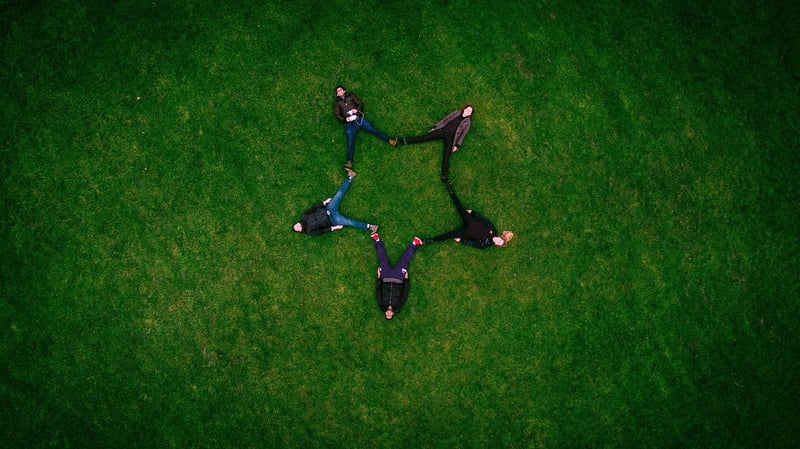Star Formation Studies
Unveiling Celestial Phenomena: Star Formation Studies

Stargazing has always captivated humanity, offering a glimpse into the vastness of the universe and the mysteries it holds. Among the most intriguing phenomena in astronomy is star formation, a process that shapes the cosmos and gives birth to new celestial objects.
The Birth of Stars
Stars are born from colossal clouds of gas and dust known as nebulae. Within these dense regions, gravity pulls material together, causing it to collapse and form a protostar. As the protostar continues to accrete matter, its core temperature rises, eventually igniting nuclear fusion and marking the birth of a star.
Studying Star Formation
Understanding the intricacies of star formation is crucial for astronomers as it provides insights into the evolution of galaxies and the creation of planetary systems. Researchers employ various techniques, including observational studies using telescopes, numerical simulations, and laboratory experiments, to unravel the complexities of this process.
Observational Studies
Astronomers use telescopes sensitive to different wavelengths of light, such as radio and infrared, to observe star-forming regions. These observations help identify key characteristics of young stars, study the dynamics of gas clouds, and track the progression of star formation over time.
Numerical Simulations
By simulating the physical conditions of star-forming regions on supercomputers, scientists can model the complex interactions between gas, dust, and magnetic fields. These simulations aid in predicting the formation of stars of varying masses and understanding the feedback mechanisms that influence star formation rates.
Laboratory Experiments
In addition to observational and computational studies, laboratory experiments play a vital role in studying star formation. By recreating conditions akin to those in space, researchers can investigate the chemical processes, radiation effects, and particle interactions that occur during the birth of stars.
Conclusion
Star formation studies continue to illuminate our understanding of the universe's origins and evolution. Through a combination of observational, computational, and experimental approaches, astronomers are unraveling the mysteries of how stars are born and how they shape the cosmic tapestry that surrounds us.
Explore the wonders of celestial phenomena and delve deeper into the captivating realm of star formation to witness the awe-inspiring beauty of the cosmos.
